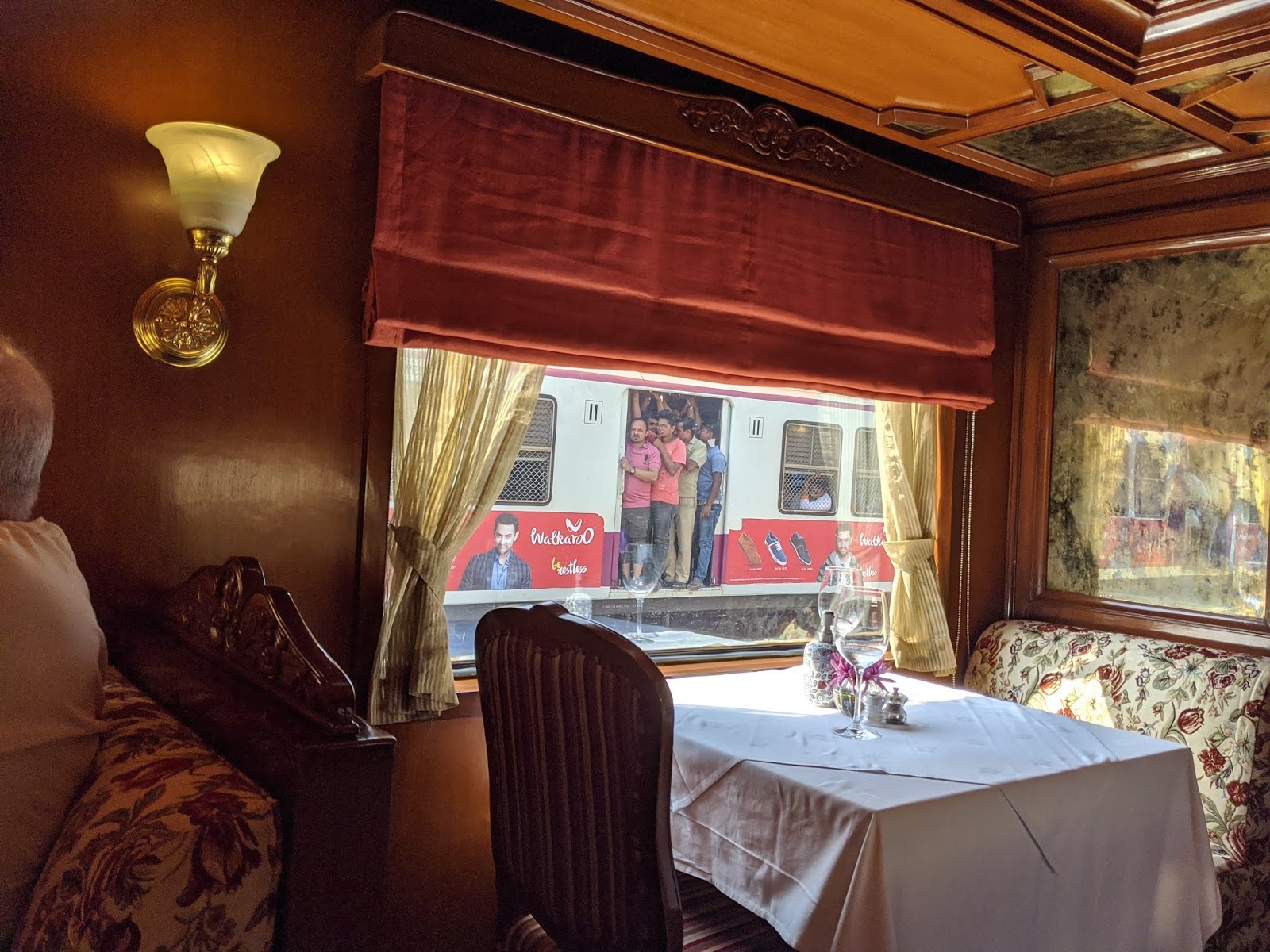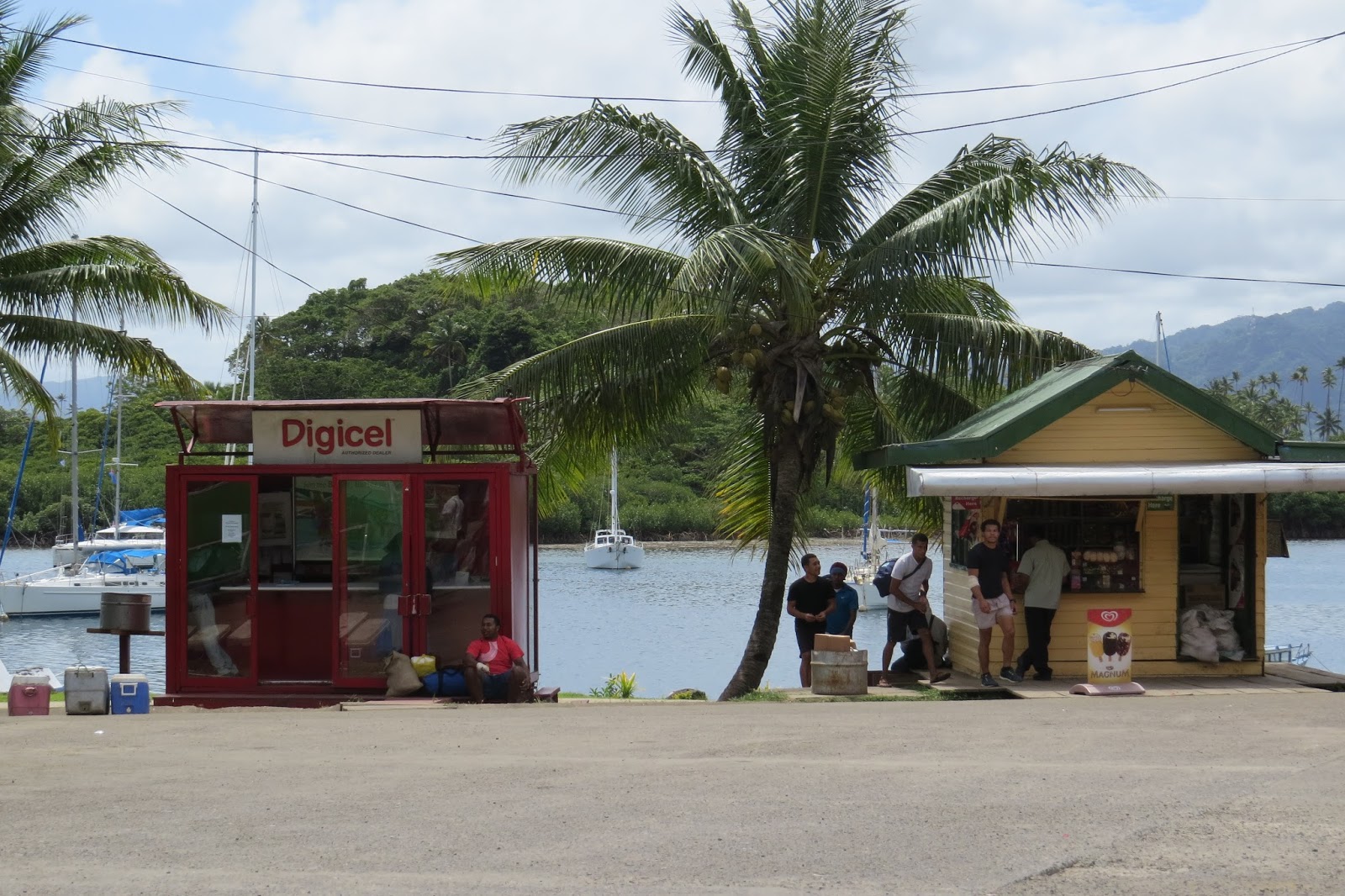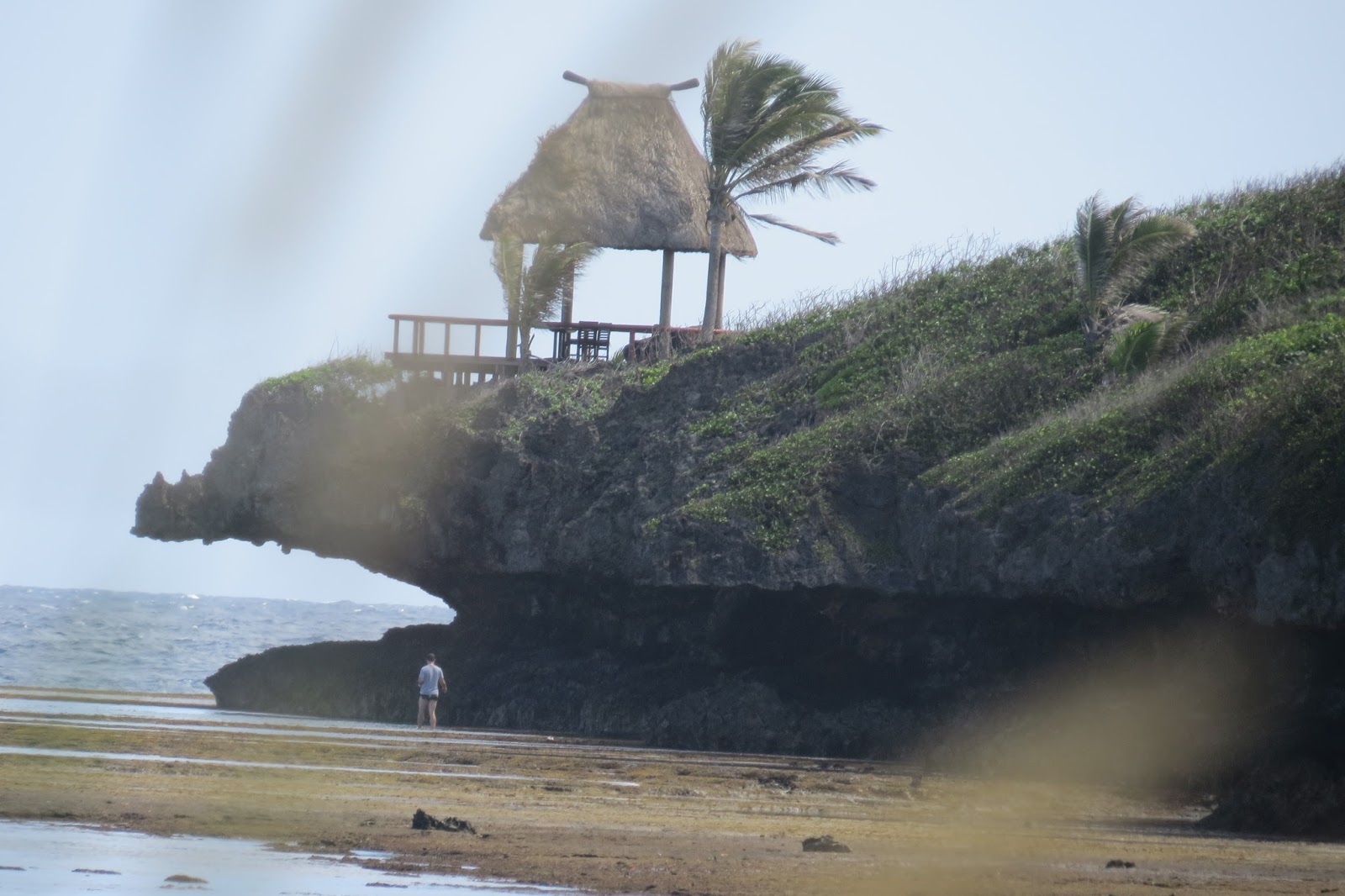
The Challenge of Stairs as We Age: A Traveler’s Reflection
Living a nomadic life around the world, we’ve come to realize that stairs are far more than just a way to move from one level to another. They often define how comfortable a stay will be, especially as we grow older. In my younger years, I hardly noticed them. I bounded up and down stairs with a suitcase in hand, never giving it a second thought. Each steep climb, especially when going down the stairs, feels like a quiet reminder that time and circumstance have their own agenda.
I don’t get out of breath or become tired. It’s my legs that simply don’t work properly, especially since the two surgeries on both legs after they became infected post-cardiac bypass surgery in 2019.
Our current apartment in Sant Martí, Barcelona, has 30 narrow, uneven tile steps leading to our door. There’s no elevator, and the tiles are slippery even when dry. Each time we go up or down, I grip the handrail tightly, one deliberate step after another. It’s the uncertainty of footing, the awareness that a misstep could mean a painful fall. I’ve learned to take my time, to place both feet firmly on each step before continuing. Tom always goes down in front of me to break any potential fall.
It’s humbling, really. Stairs, something so ordinary, have become a symbol of how we must adapt as we age or after injuries. I often think about seniors who live in multi-level homes, especially those who’ve spent decades there, surrounded by memories on every floor. How difficult it must be to decide that the staircase they’ve climbed thousands of times has now become an obstacle, something to be avoided, or even feared.
I remember visiting a friend’s mother in Minnesota years ago, who proudly showed me how she’d converted her living room into a bedroom after taking a nasty tumble down her stairs. “I don’t go up there anymore,” she said, gesturing toward the upper level. “But I’ve got everything I need right here.” She spoke with quiet dignity, accepting her new reality with grace. That small act of adaptation, creating a safe haven on the main floor, was her way of preserving independence.
In our travels, we’ve encountered countless variations of this same challenge. In Italy, we stayed in a charming 300-year-old stone house with a winding staircase so narrow that we had to carry our luggage one piece at a time. The steps were uneven, polished smooth from centuries of use. Beautiful, yes, but I couldn’t help thinking how treacherous they’d be for anyone with aching knees or uncertain balance. In Madeira, Portugal, the hills themselves feel like endless staircases, each one steeper than the last. Locals take them in stride, but I often wondered how older residents manage in those picturesque but unforgiving neighborhoods.
Today, many modern homes are designed with aging in mind, featuring gentle ramps instead of steps, subtle railings seamlessly integrated into the architecture, and thoughtful lighting that reduces shadows. Many cultures respect aging, not as something to hide or resist, but as something to accommodate gracefully. I’ve often thought the many other parts of the world could take a lesson from that quiet practicality.
In the United States, where homes tend to be larger and more spread out, many older adults are choosing to “age in place.” They install stairlifts, grab bars, and brighter lights, or relocate bedrooms to the main floor. But even with all these modifications, there’s still a bittersweetness to it. For many, giving up the freedom to use the whole house feels like losing a part of themselves.
For travelers like us, the question of stairs comes up often when booking accommodations. Does the building have an elevator? How many steps to the door? These are details we never used to consider. But after years of navigating steep staircases in old buildings, we’ve learned that such questions aren’t just about convenience, they’re about safety. This apartment was advertised as having only a “few” steps to the unit. We’d never have rented it if we’d known the reality.
On our upcoming cruise, we won’t have to worry about stairs. Elevators glide effortlessly between decks, and everything is designed for accessibility. It’s one of the reasons we find cruising so comfortable. It offers a sense of freedom without physical strain. Yet even so, I find myself reflecting on how something as simple as going down stairs has become a small metaphor for life itself.
Aging doesn’t take away our ability to experience the world, but it does change how we move through it. We adapt, we slow down, and we learn to respect our limitations. Every careful step becomes a quiet victory. And in those moments, pausing halfway up a stairwell, feeling the weight of these limitations, we realize that gratitude grows where effort exists.
I’m grateful for the strength to still climb, for the balance that still holds, and for the patience I’ve learned along the way, albeit with extreme caution. There may come a day when stairs are no longer possible at all, but until then, each step is both a challenge and a reminder: life, at any age, is still about moving forward…One steady step at a time.
Be well.
Photo from ten years ago today, October 13, 2015:




 Breadfruit growing in the yard is a popular item in the islands. We’d love to try this, which is the size of a grapefruit, but it contains 26 grams of carbohydrates and 11 grams of sugar in 1/4 of a fruit. For more photos, please click
Breadfruit growing in the yard is a popular item in the islands. We’d love to try this, which is the size of a grapefruit, but it contains 26 grams of carbohydrates and 11 grams of sugar in 1/4 of a fruit. For more photos, please click 












